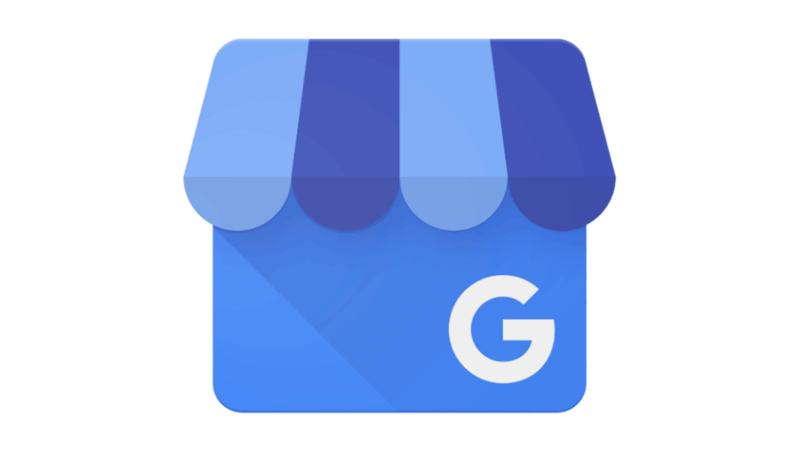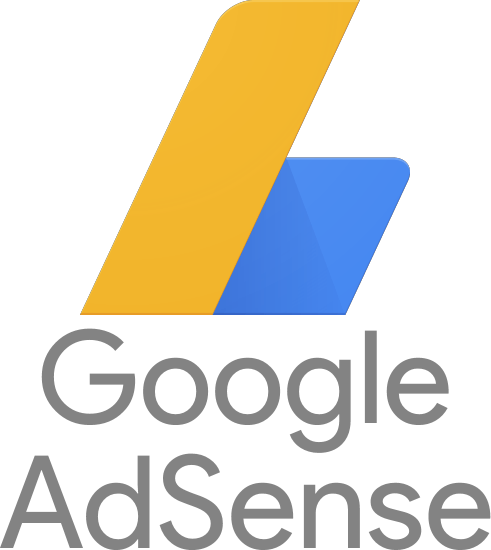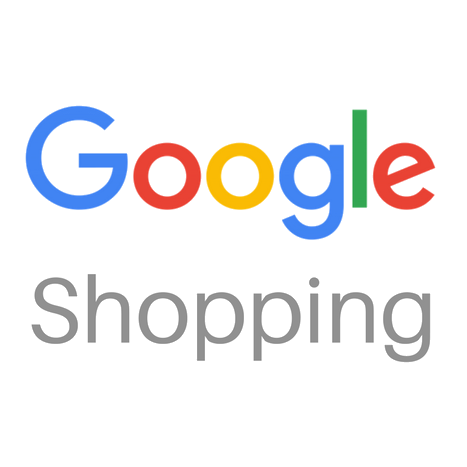
How We Started A $12K/Month Marketing Agency For Ecommerce
Hello! Who are you and what business did you start?
Hi! I’m Zac and I’m one of the co-founders of Sidekick. We are a small “agency” (there’s really just two of us, myself and Brendan, the one who does all the hard work) specializing in data-driven web design and digital marketing for eCommerce businesses.
We’re heading into our second year of business and we’ve built up a clientele of awesome eCommerce entrepreneurs who sell everything from movie props to ethically-produced goods to Sichuan chili crisps and (almost) everything in-between.
Since May of last year, our business has grown from $0 to about $12,000/month in revenue.

What's your backstory and how did you come up with the idea?
During my last year of college at UC Santa Barbara, I started interning at a local startup called Graphiq. As chance would have it, my very first manager was Brendan: the co-founder of Sidekick!

Brendan and I spent about two years working together at Graphiq (first in Santa Barbara and then in New York) building data visualization products for clients like the Associated Press, Reuters, NBC, and Fox. In the Summer of 2017, Graphiq was acquired by Amazon. Brendan and I spent a year working at Amazon and then in June 2018, we left to start our own company…
But that company was not Sidekick. Our first attempt at starting a company together was called Secret Sauce. We tried to build an education platform consisting of online courses, in-person workshops, and a daily newsletter all designed to educate college students on how to get an internship or entry-level job at a startup -- keyword here is “tried.”

For just about a year, we failed to get any real traction.
Everything changed when we were accepted to participate in the Grid 110 program in Downtown LA.
When we started at Grid 110 in April 2019, Brendan and I were just a couple months from using up what was left of the bootstrapped runway we had left. As chance would have it, to make a little bit of extra cash Brendan and I helped another one of the companies in our cohort build a website. Seeing the work we did, our awesome mentors at Grid (shoutout to Miki and Nina) sat us down and essentially told us to shutter Secret Sauce and that there was a huge opportunity to do web design for startups in LA.
With a combination of desperation and excitement, Secret Sauce was unceremoniously retired and Sidekick was born.

Take us through the process of designing, prototyping, and manufacturing your first product.
From the beginning, our process has always centered around the tried and true method of figuring it out as you go. The first big question we had to answer: “How do you launch a web design business without any real web design experience?”
Our answer (at the time): Squarespace.
By using Squarespace, our inability to build a website from scratch was a non-issue. Instead of worrying about how to “build” a site, we could spend our time on the things that we already had a thorough understanding of how to craft a user experience that sells (thanks Amazon), how to use data to inform design decisions (thanks Graphiq), and how to write compelling copy (thanks Secret Sauce).
When you’re just starting out, it’s pretty much impossible to turn down a potential client. However, as your business finds its feet, it is crucial to be able to say no. Not every client or project is a good fit.
Our first client was Finli -- a fintech startup that helps families and small businesses manage payments for child-related expenses. The founder Lori (we <3 you!) was going through Grid 110 at the same time as us and we convinced her to take a chance on us and let us build the new Finli website.
During the process of working with Lori, we realized that most new businesses need three things:
1. A beautiful, functional website 2. Traffic to said website 3. A way (or ways) to convert that traffic into sales, consultations, store visits, etc.
Describe the process of launching the business.
At the start, our goal was to attract a clientele that resembled the companies that we worked within Grid 110 -- early-stage startups and small businesses where we could work directly with the founder.
We positioned Sidekick in what we saw as an unoccupied space between freelancers and agencies. We priced our services accordingly -- far below agency pricing, but still above what we observed as the going rate for freelance web design in LA (in hindsight our first price point was definitely too low). If I remember correctly, our initial site listed a base rate of $1750 for a new website.
The early marketing efforts for Sidekick primarily consisted of cold emailing startup founders that we discovered via AngelList, attending lots of local tech events, and leveraging the Grid 110 network. Although things were pretty slow in the first few months, we still managed to build up a portfolio of work that showed that we actually knew what we were doing.
One of the biggest turning points for us came when we decided to introduce the option to add month-to-month marketing services following the conclusion of a website build.
Thanks to our experience in our prior jobs, we knew a fair bit about SEO, content marketing, and PPC. Once we listed marketing services on our site (and told potential clients about it during calls/meetings) it seemed that we were actually getting an equal amount of interest (if not more) for those services compared to web design.
Since launch, what has worked to attract and retain customers?
Since launch, we’ve made a couple of significant changes to our business.

Our homepage today
First and foremost, for several reasons we’ve shifted to focus almost entirely on eCommerce:
If Starter Story is any indication, we’re living at a time when it's never been more accessible (and potentially lucrative) to start an eCommerce business. More people starting their own eCommerce businesses means more people who need help building websites, driving traffic, and converting sales.
Both Brendan and I love the space and we’ve found that our backgrounds and skillsets are uniquely effective at the style of design and marketing that works really well for eCommerce (conversion-centric sites, data-driven PPC, and copy-led email marketing).
Now that our ability (really Brendan’s ability) to code has vastly improved, we’ve found that Shopify is leagues beyond Squarespace when it comes to customization and functionality (and honestly pretty much everything else). And while you can use Shopify for any industry, it really shines for eCommerce.
The beauty of eCommerce is that everything is measurable. For every dollar that one of our clients spends, we can show exactly how much they’re getting in return in the form of traffic, leads, and sales. This makes goal setting and reporting results so much easier, making for more aligned, informed, and ultimately, happier clients.
I feel very fortunate to say that the vast majority of our business comes from word of mouth.
Since we’re just two guys in LA, we do everything we can to make our business as personal as possible. Most of our clients are local -- that means offering to go to the client’s office for meetings, helping out with events, and being just a text away if there’s ever a question or (gasp) an issue.
We also try to be as transparent and flexible as possible. Our marketing contracts are always month-to-month and our web design proposals always outline where every hour of development time will be spent.
Lastly, we do great work! Brendan has become an uber-talented Shopify developer and together we’ve really figured out how to plan and execute marketing campaigns that consistently deliver value.
How are you doing today and what does the future look like?
Things are looking better than ever. We’re working with an amazing group of clients who all make us feel like we are truly a part of their teams. One of the things we’re the most excited about: Brendan and I are finally going to (hopefully) make the move from our home “offices” into a real workspace.
We currently have an awesome slate of Shopify projects and marketing campaigns that we’re managing but we’re definitely looking for a few more clients to fill out our roster. We have our sights set on growing from $12,000/month to $20,000/month by the start of the summer.
It can be incredibly difficult to admit that what you’re working on isn’t working out. It is so important to be able to take an objective view of your business and be honest with yourself.
Through starting the business, have you learned anything particularly helpful or advantageous?
Deep expertise is more valuable than broad exposure.
Early on we basically did anything our clients asked us to do, even if it wasn’t particularly in our wheelhouse. However, while we could do a good job at a lot of different things, we weren’t doing a great job at anything.
In almost any business relationship imaginable, your clients and partners expect you to do one or two particular things really well for them, not everything. Figuring out the things that we could (and wanted to) get great at and knowing which things we really did not want to do, helped us immensely.
Don’t be afraid to say no.
When you’re just starting out (and especially if your financial situation is drifting towards dire), it’s pretty much impossible to turn down a potential client, even if you know going in that it’s going to be way more work than it’s worth.
However, as your business finds its feet, it is crucial to be able to say no. Not every client or project is a good fit. Moreover, if you’re a small shop, taking on the wrong project at the wrong time can prevent you from taking on the right client at the right time.
What platform/tools do you use for your business?
- Web Development: Shopify (and Squarespace on occasion)
- Email Marketing: Mailchimp and Omnisend
- SEO, Keyword Research: Ahrefs
- Internal Communication: Slack
- External Communication: Google Hangouts
- Invoicing and Accounting: FreshBooks
- Basically Everything Else: Google Drive
What have been the most influential books, podcasts, or other resources?
BOOKS
I prefer fiction and historical nonfiction to self-help/business books, however, there are a few exceptions:
Anything You Want by Derek Sivers
Almost everything Derek says in the book resonates with my philosophy on work, life, and the relationship between the two.
This Is Marketing by Seth Godin
If you aren’t reading Seth’s blog you should be. All of his books are great, but if found This Is Marketing just as we were transitioning from our previous business to Sidekick and it really helped me understand the “why” of what we do as “marketers.”
PODCASTS
I’ve definitely fallen off the podcast train recently since I stopped commuting but here are some of my favorites:
The stories behind some of the most familiar brands around, coming straight from the people who started them.
Tim is the master interviewer and his guests are always on point.
Super informative and funny, the Snacks podcast covers the business world in a digestible, informal format.
Advice for other entrepreneurs who want to get started or are just starting out?
Most people aren’t going to understand what you’re doing or why you’re doing it.
Unless someone has broken the Matrix (as we like to say) and left the corporate world to be an entrepreneur themselves, they probably won’t understand the world that you’re choosing to live in.
Trading in a world of certainty (steady pay, set hours, etc.) for a world of uncertainty just simply does not resonate with some people. You will drive yourself crazy trying to explain yourself to these kinds of people and the truth is that you don’t have to explain yourself to anyone. Just go for it.
When you meet people who do get it, you’ll immediately feel it click. Surround yourself with these people. Being an entrepreneur can be an isolating experience -- the more of us who can support one another, the better.
In the words of Kenny Rogers, “ You've got to know when to hold 'em, know when to fold 'em, know when to walk away, and know when to run…
As an entrepreneur, it can be incredibly difficult to admit that what you’re working on isn’t working out. It is so important to be able to take an objective view of your business and be honest with yourself. While it’s never easy to shut down something you’ve spent months or even years working on, not doing so can mean the end of being an entrepreneur as a whole. Not to mention, sometimes by closing one door, another much more promising door opens.
In the same vein, when something seems like it is working, don’t be afraid to double down and put everything you have behind it.
Are you looking to hire for certain positions right now?
We’d love to find an amazing freelance graphic designer specializing in Facebook and Instagram ads for eCommerce.
Where can we go to learn more?
If you have any questions or comments, drop a comment below!

Download the report and join our email newsletter packed with business ideas and money-making opportunities, backed by real-life case studies.

Download the report and join our email newsletter packed with business ideas and money-making opportunities, backed by real-life case studies.

Download the report and join our email newsletter packed with business ideas and money-making opportunities, backed by real-life case studies.

Download the report and join our email newsletter packed with business ideas and money-making opportunities, backed by real-life case studies.

Download the report and join our email newsletter packed with business ideas and money-making opportunities, backed by real-life case studies.

Download the report and join our email newsletter packed with business ideas and money-making opportunities, backed by real-life case studies.

Download the report and join our email newsletter packed with business ideas and money-making opportunities, backed by real-life case studies.

Download the report and join our email newsletter packed with business ideas and money-making opportunities, backed by real-life case studies.






















